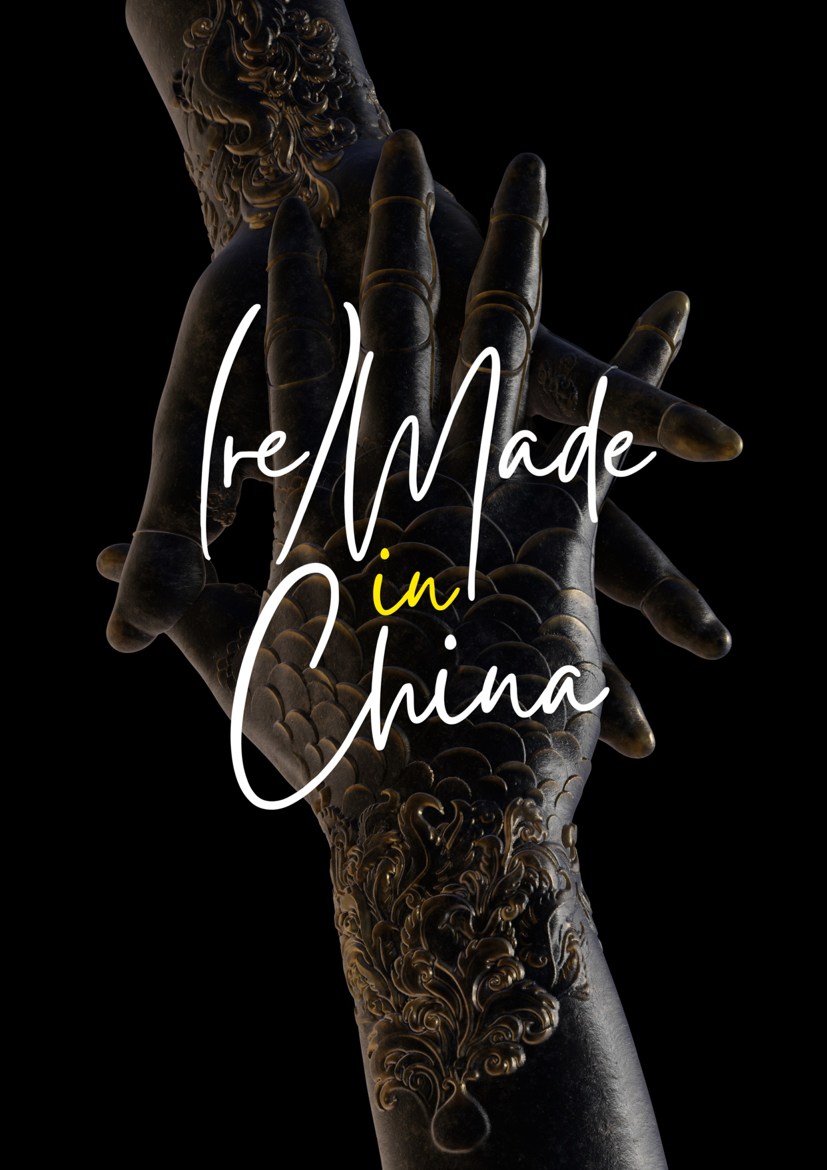As the culmination of the two-month journey in Chengdu at the NY20+ International Art Residency Program, I’m excited to share the project (re)Made in China. A project grown from the research into sustainable art production in the context of cultural exchange.
(re)Made in China showcases several prototype pieces alongside a video installation. The installation documents my research and prototyping process, along with valuable moments from the cultural exchange and highly educational journey in the capital of Sichuan.

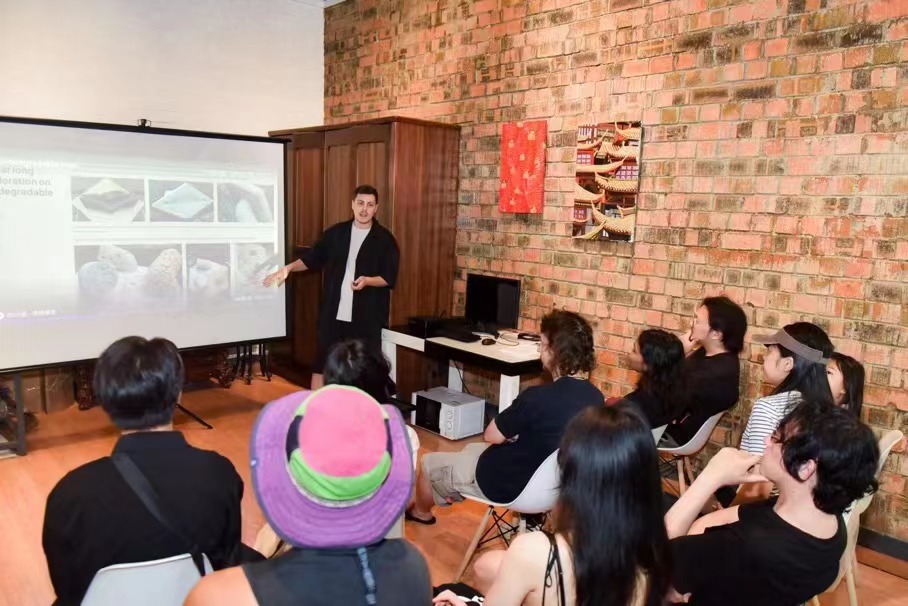


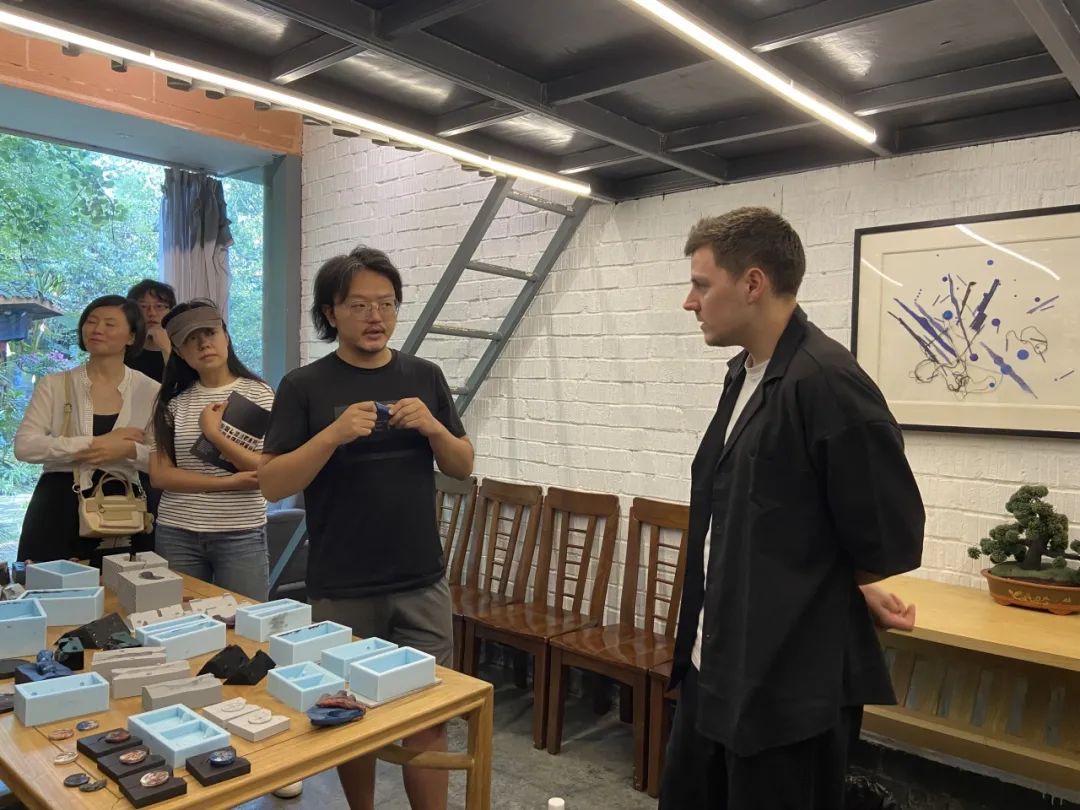
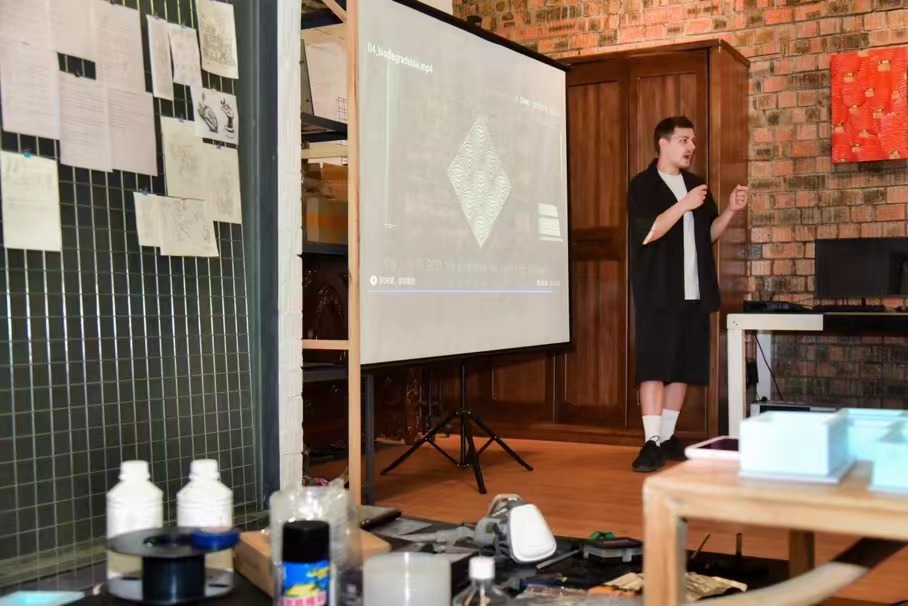
As a crucial part of my art practice, I’ve dedicated years to exploring sustainable art production techniques. Blending new accessible tech with traditional methods to replace heavily polluting manufacturing processes.
When NY20+ invited me to the Nongyuan International Art Village, I knew it was a unique opportunity to dig into a project I’ve been working on for the past years. A project that deals with the Western negative perception of Asian culture due racial biases.
The production method of this project is crucial for defending the concept. It involves creating small batches of recycled plastic pieces for a kinetic sculpture, which is fundamental as a way to implement solutions rather than resorting to blame and complaint.
Because of the project’s concept and my time in the country, my focus naturally gravitated towards injection plastic production, a production technique deeply associated with China.
Unlike the typical Western approach of outsourcing to factories, I took charge of the process. I utilized free software and open hardware machines from community initiatives to design an open and reproducible production pipeline.
This deliberate choice carries a profound statement, where I look at China not as a low-cost production solution but as artistic inspiration and cultural enrichment.
At the heart of the exhibition, I reveal a captivating video art piece. This documentative visual film captures the essence of my residency period, offering glimpses into my experiences, memories, thoughts, and the challenges I encountered along the way. The video serves as a powerful testament to the transformative nature of artistic exploration and the interplay between cultural exchange and personal growth.
Alongside the video art, I present prototypes and pieces resulting from my research, collaborating with Precious Plastics Shanghai. These physical creations showcase the mold-making process, from design and 3D printing to the injected plastic piece.

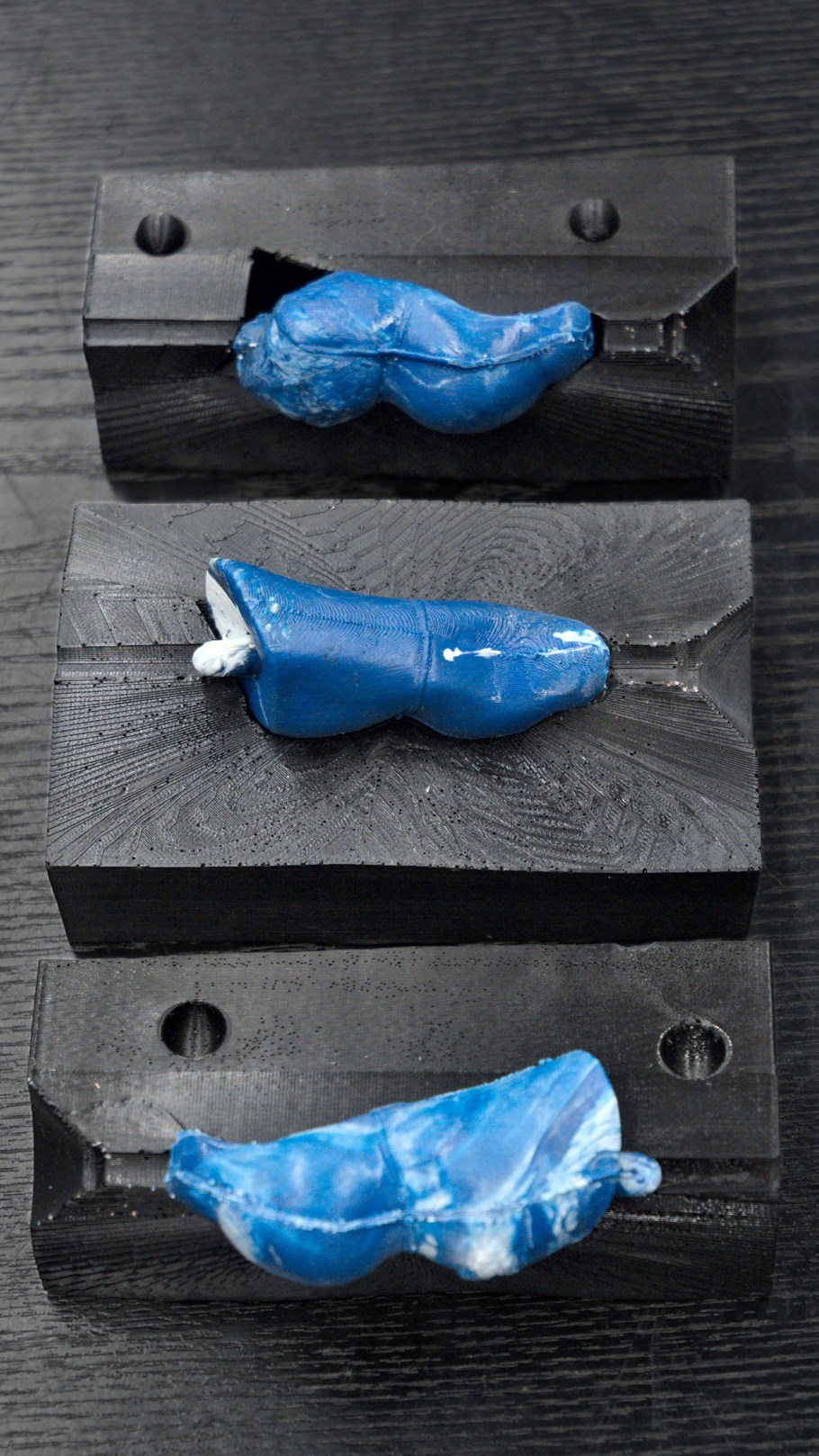
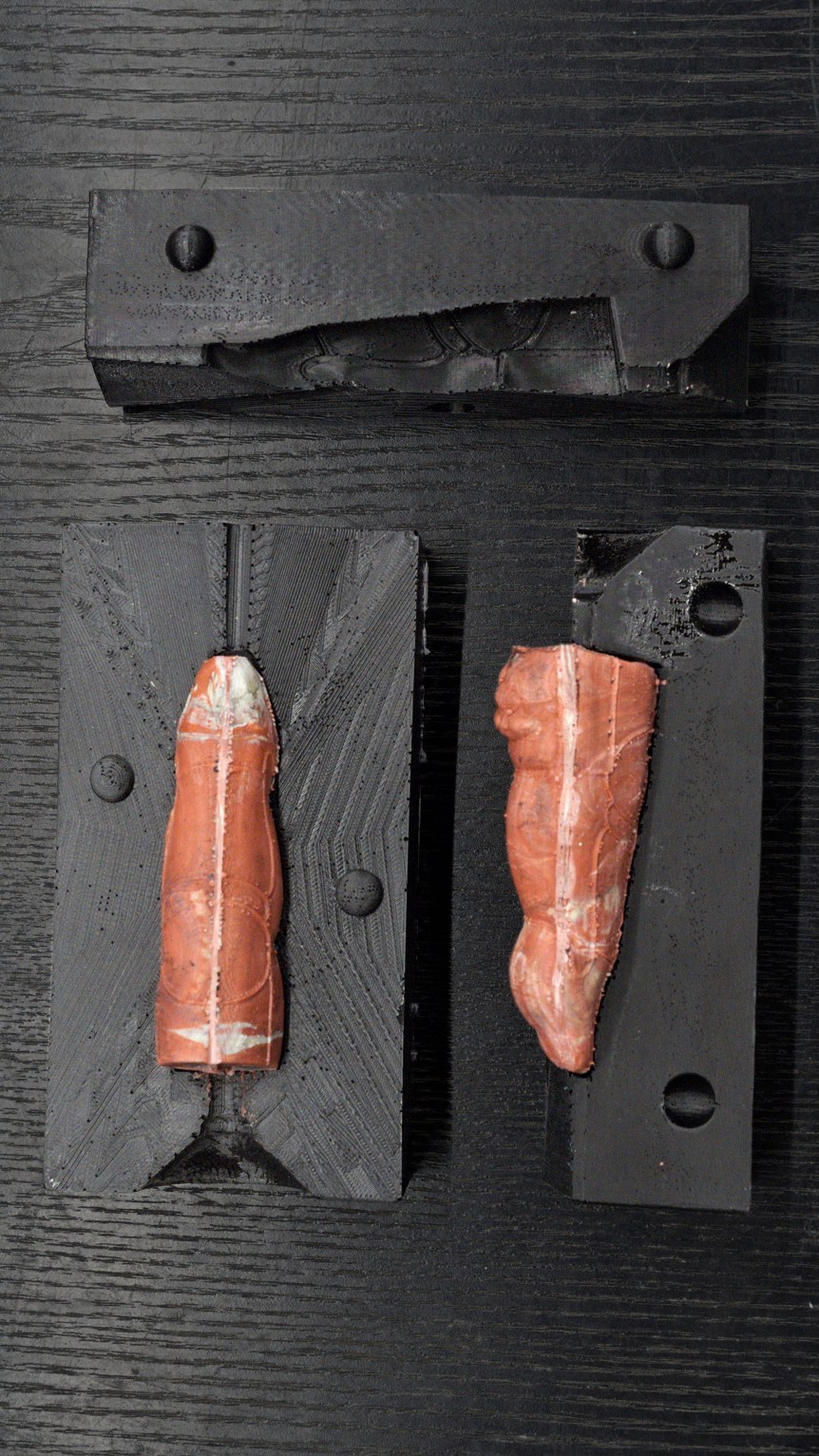

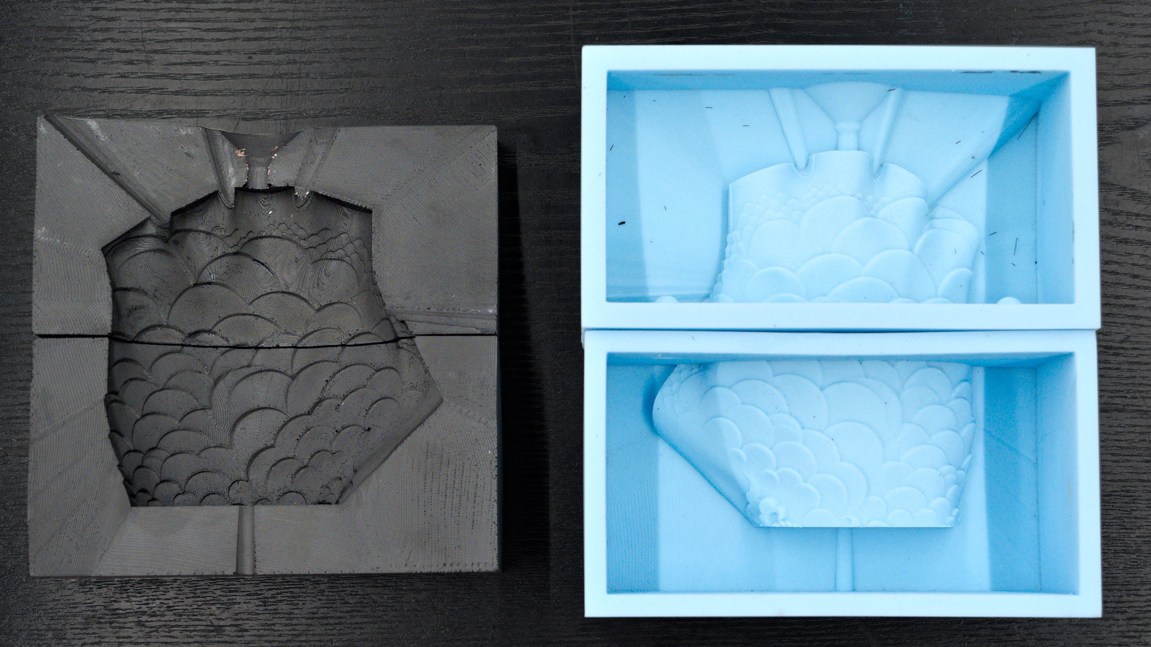
The residency wasn’t solely about production technological research; it was also deeply focused on cultural exchange.
My time at Nongyuan International Art Village was incredibly inspirational and educational. It provided a profound introduction to classic Chinese art, traditions, and culture. Through a series of workshops, cultural exchanges, studio visits, and meetups with local artists, I was exposed to the intricate and diverse techniques that influenced my work during my stay in China.
As a result, the work I present in this project is influenced by various art styles from different dynasties and religious symbols, blending them into a digital sculpture that captures the fusion of new and traditional techniques.
(re)Made in China is an invitation to reflect on the potential of open-source and open-hardware technologies, collaborative practices, and sustainable art. Through my exploration of unconventional materials and methods, I challenge norms, prompting you to acknowledge the power of creativity in shaping a more sustainable future.

(re)Made in China is displayed at the Tianyi Art Gallery at the Nongyuan International Art Village in Chengdu.
Publications:
